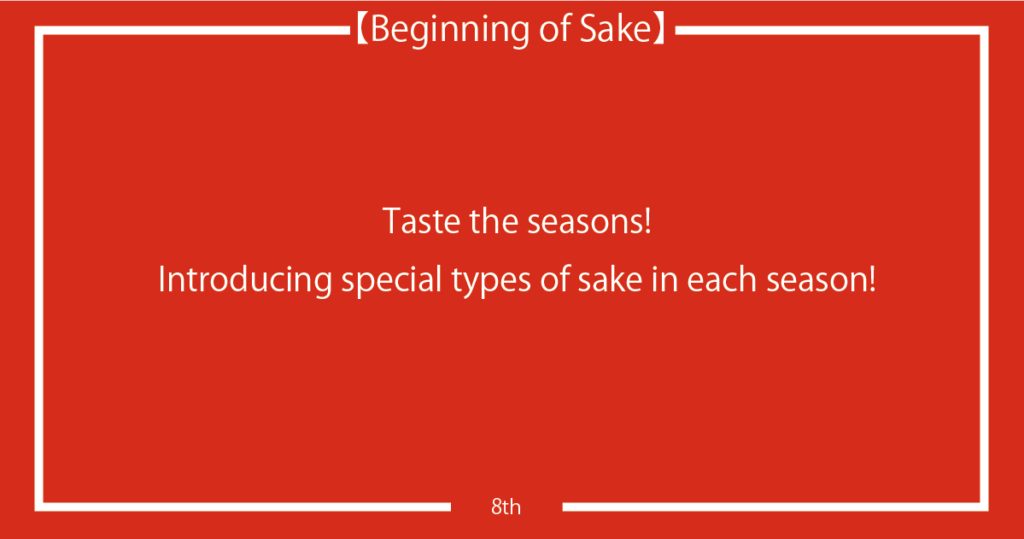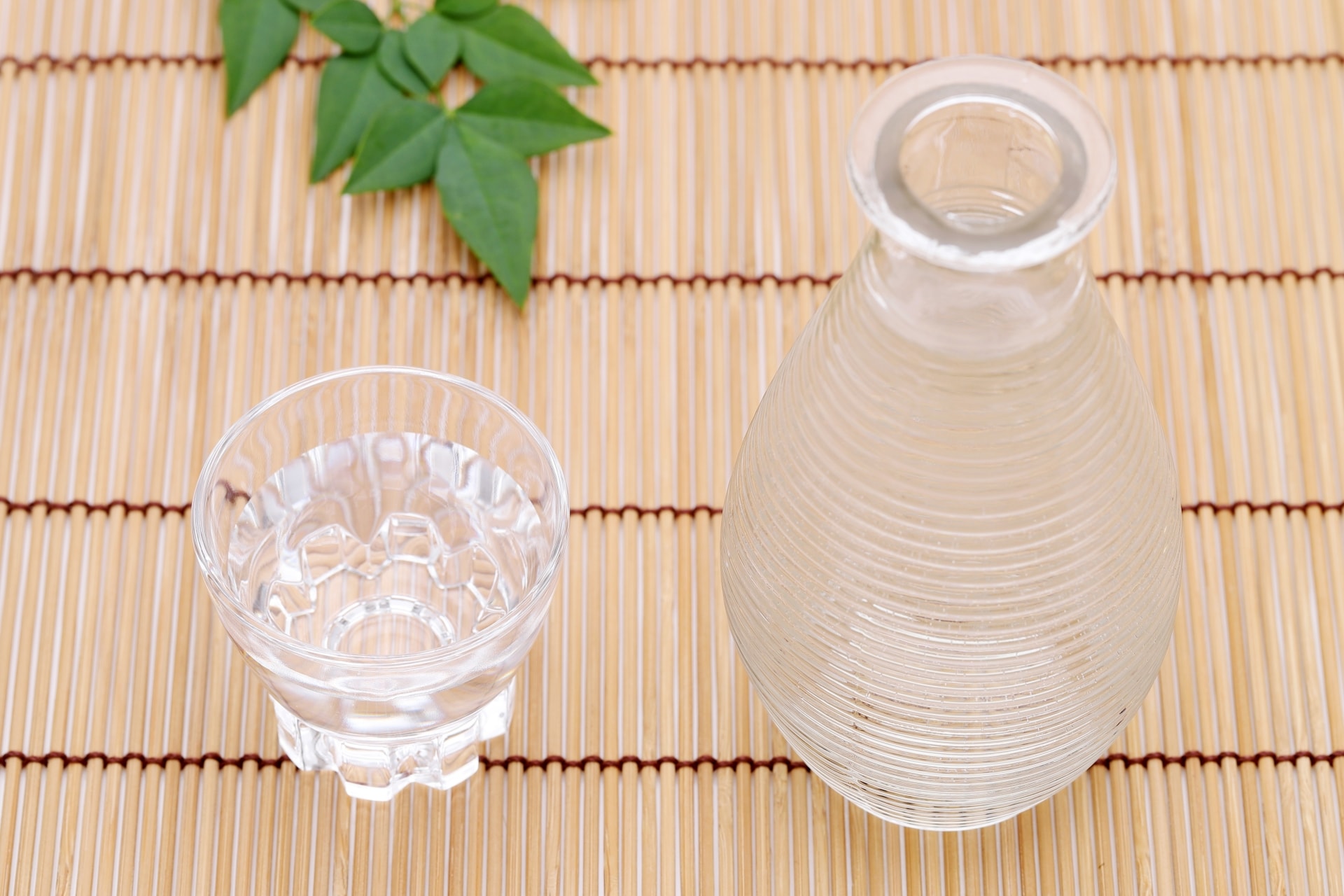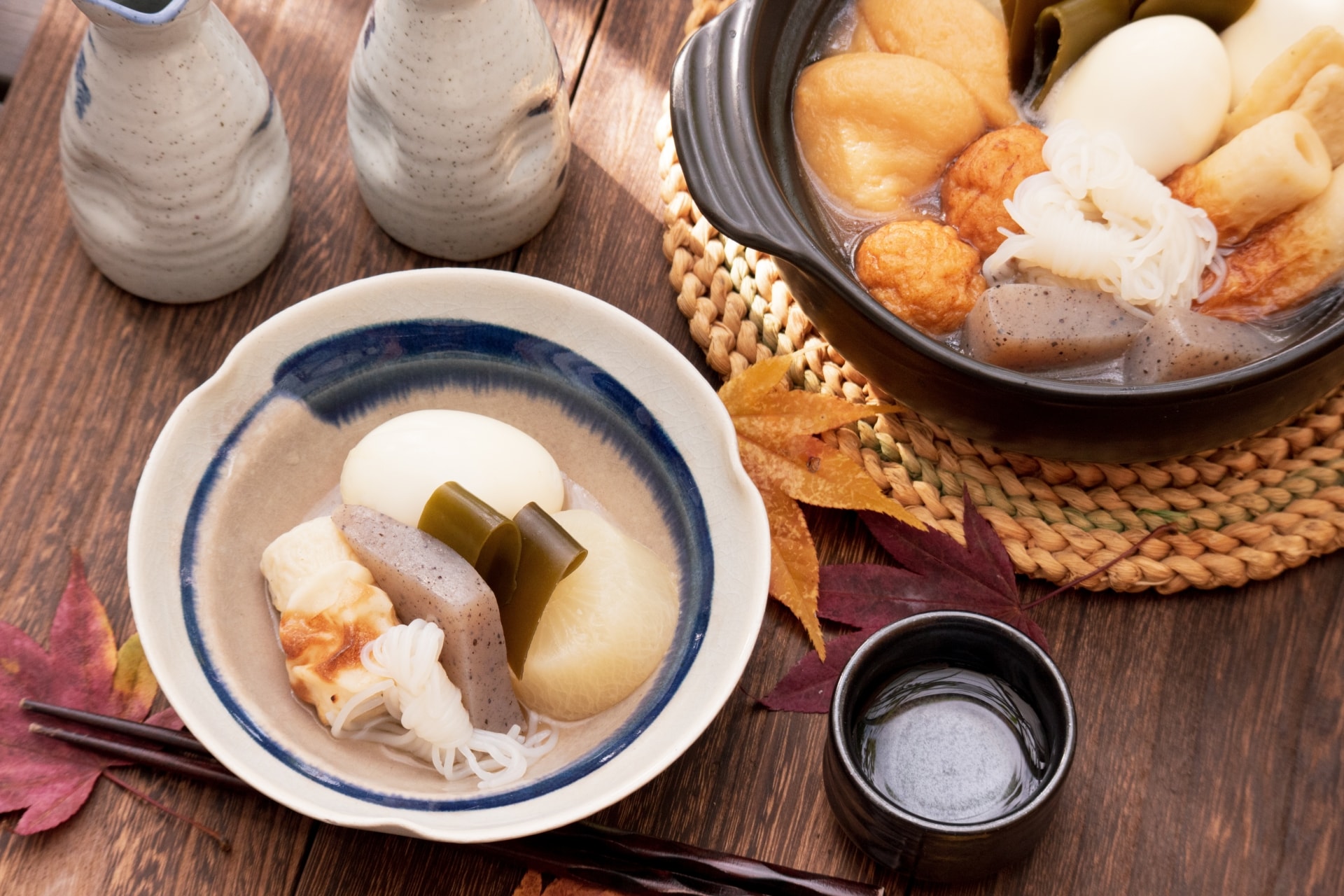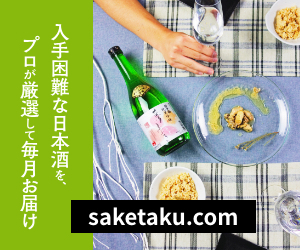- Home
- [Beginning of Sake] - Let's learn more about Sake!
- 8. Taste the seasons! Introducing special types of sake in each season!
8. Taste the seasons! Introducing special types of sake in each season!
- 2021/9/15


In the previous article, “Sake is fun with sake sets! Explaining the characteristics of typical ingredients and how to choose them!” , I explained the “sake sets” used when drinking sake.
In the articles so far, I have explained and introduced the basic knowledge about Sake.
From this article , I would like to explain “How to enjoy Sake”.
This time, I will introduce “Seasonal Sake”.
Japan is with abundant nature, and the differences between the four seasons are clear.
Food culture develops in close relation to the climate of the country.
In Japan, where the difference in the four seasons is clear, “seasonal” is important to the cuisine.
For example, Japanese cuisine offers seasonal ingredients such as bambooshoot in spring, edamame(green soybeans) in summer, mushrooms in autumn, and radish in winter.
In Japan, where “seasonal ” is emphasized, sake also has “seasonal “.
Therefore, this time, I would like to introduce the sake that is made in each season.
Contents
Enjoy “Spring Sake” in spring

[Representative spring sake]
- Sawanoi Honjo Hanami Shinshu
- Oyama Special Junmai Sake Taru-sake Spring Label
- Chiyo-kotobuki Junmai Ginjo Spring-Shibori, etc
Some sake is offered only in spring.
This kind of Sake is called “Haruzake(Spring Sake)”.
The characteristics of spring sake are summarized below.
[Tendency of spring sake]
- Bottles and labels reminiscent of spring (mainly cherry blossoms)
- It has a gorgeous scent reminiscent of spring
The most common tendency in the spring sake is a bottle or label of pink.
The pink appearance that makes you feel spring at a glance, is often used because it leads to the image of events such as “Hannmi (flower viewing)”,”graduation ceremony”, and “passing celebration”.
In addition, there is sake which has a gorgeous smell brewed by using a special yeast and koji mold, and also sake whose color itself is pink.
In terms of taste type, these types of sake often have a taste that applies to “Kunshu”.
Spring is an exciting season when the cold season is over, new things begin, hopes and expectations rise.
In such season, “Kunshu” with gorgeous aroma and light taste is perfect!
It goes well with spring ingredients such as wild plants and bamboo shoots.
Enjoy “Summer Sake” in summer

[Typical summer sake]
- Sawanoi Natsuno Junmaishu
- Shuten-doji Summer Junmai Ginjo
- Dewanoyuki Junmai Ginjo Nats-Sake, etc.
“Natsu Sake (Summer Sake)” is that is offered only in the summer.
It is said that this name was given around 2007.
The tendency of summer sake are summarized below.
[Tendency of summer sake]
- Bottles and labels reminiscent of summer
- Clean and light taste
- Has a refreshing acidity
Many summer sake bottles are refreshing, such as blue, light blue, green, and transparent, reminiscent of summer.
The label also has a casual design for the summer.
The tendency of taste, it is a clean and light taste. It also has a moderately refreshing acidity.
In terms of taste type, it applies to “Soshu”.
Speaking of summer, it is a tradition (in Japan) to get a refreshing feeling by drinking cold soda drinks or beer all at once.
Even in sake, so as to obtain a refreshing feeling like soda or beer, it has been finished to the liquor that was to have a refreshing, light taste and acidity.
Sake often has more than double the alcohol content of beer.
Be careful not to drink too much at once.
Summer sake will be available at liquor stores and restaurants from late June to early July in Japan.
If you buy summer liquor and take it home, be careful of “ultraviolet rays”.
Light bottles of summer sake easily absorb ultraviolet rays, and the flavor of sake deteriorates quickly depending on the environment.
When carrying alcohol outdoors, be careful not to expose it to sunlight as much as possible.
Try to store it in a dark place where UV rays do not reach.
Enjoy “Hiyaoroshi” in autumn

[Representative Hiyaoroshi]
- Urakasumi Special Junmaishu Hiyaoroshi
- Ichinokura Special Junmaishu Hiyaoroshi
- Oyama Special Junmaishu Hiyaoroshi etc.
Speaking of sake limited in autumn, it is “Hiyaoroshi”.
It has become a standard sake from September to November.
Hiyaoroshi itself existed in the Edo period but it is said that Hiyaoroshi was a valuable item that only people near the brewery could drink due to problems with its preservation.
Another theory is that it was often used for sake products name produced in Nada, Hyogo prefecture before the war.
What kind of liquor is Hiyaoroshi?
Nowadays, Hiyaoroshi become a staple of autumn, but it has spread rapidly in the 1980s since it was developed by Okanaga Co., Ltd (which is known as “Nihon Meimonshukai”, the meaning is “Japan’s prestigious sake party”).
Normally, when brewing sake, in order to prevent the growth of “Hiochikin (un-pasteurized bacteria)” that deteriorate the taste of sake, the work called “Hiire (pasteurization)” is performed twice to heat the sake at about 60 to 65 °C and sterilize it.
This pasteurization is done once in early spring and once in autumn after filtration or bottling.
Sake of Hiyaoroshi is shipped without pasteurization in autumn.
The sake state is called “Namazume (stuffed in raw)”.
The timing for normal sake shipping is when the temperature of the outside and the storage is about the same after summer.
It is said why the sake have been called “Hiyaoroshi” is because it was shipped (“oroshi” in Japanese sake terms) as raw (“Hiya” in Japanese sake terms) without second pasteurization.
The taste tends to be mellow because the sake is slowly aged during the summer.
Hiyaoroshi is a sake that is shipped in the fall, so it goes well with autumn ingredients.
For example, rich flavored ingredients such as saury, bonito, and yellowtail are in harmony with the umami of hiyaoroshi, so you can feel the luxurious taste that can be enjoyed only in autumn.
Enjoy the more aged “Kan-oroshi”
[Typical “Kan-oroshi”]
- Urakasumi Special Junmaishu Kanoroshi
- Wakatake Special Junmai Genshu Kan-oroshi
- Daishichi Junmai Kimoto Kan-oroshi, etc.
Among the autumn seasonal products, there is ” Kan-oroshi”, which is a further aged version of “Hiyaoroshi “.
Mainly, “Kan-oroshi” is shipped from around Lidong after a longer time than “Hiyaoroshi”.
The characteristic of “Kan-oroshi” is the rich umami that has been fully aged. In terms of the type of taste of sake, there are many sakes that apply to “Junshu” or “Jukushu”.
If you like rich sake, please try the Kan-oroshi.
You will enjoy a deeper taste of sake.
Enjoy “New Sake” in winter

[Representative new sake]
- Ichinokura Special Junmai Raw Sake Freshly Squeezed
- Urakasumi Special Junmai Freshly Squeezed
- Oyama Special Junmai Freshly Squeezed, etc.
“Shinshu (New Sake)” is, one brewed and shipped in a fiscal year (July 1 to June 30 in the following year).
It is mainly lined up in stores from December to February.
From December to January, mainly “honjozo-shu” and “junmaishu” will appear, and from January to February, mainly “ginjo-shu” and “daiginjo-shu” will appear in Japan.
About The brewery year
When learning about “new sake”, it’s a good idea to know about the brewery year as well.
The sake brewery year is the year division used by the sake manufacturing industry, and one sake brewery year is from July 1st to June 30th of the following year.
The brewery year is expressed as “BY” by taking the acronym “Brewery Year” in English.
For example, if ” 2 BY” or ” Reiwa 2 BY” is written, the second year of Reiwa(the year 2020) is the brewery year.
If ” 3 BY” or ” Reiwa 3 BY” is written, ” Reiwa 3 years (the year 2021) is the brewery year.
Depending on the sake brewery, it may be expressed “2021 BY”, etc.
New sake is also called “freshly squeezed” or “first squeezed”
The story is off, but let’s return to the topic of new sake.
New sake is also called “Shiboritate (freshly squeezed)” or “Hatsushibori (first squeezed)”.
“Freshly squeezed” is a new liquor that is obtained by squeezing liquor mixed with impurities and shipped immediately without any modification.
“First squeeze” is, the first one of the “freshly squeezed”.
These sake are also called “Shinshu (new sake)”, because they were first brewed within the brewery year.
New sake is often served as “Namazake(raw sake)” that is not pasteurized, and “raw sake” has a high alcohol content because it does not split water (normally, sake is split by water to adjust the alcohol content).
Many of these new sakes have a fresh and easy-to-drink taste, and are suitable for those who drink sake for the first time.
In terms of taste type, most of them correspond to”Soshu”, “Kunshu” or “Junshu”.
However, because of its fresh taste, it is sometimes said that it is unsatisfactory for those who are familiar with sake to some extent.
Conclusion
I have introduced the sake that is unique to each season.
There are different types of sake depending on the season in which it is made, and some sake has a different taste depending on the seasons.
Unlike the sake in circulation throughout the year, such sake can be tasted only in the season.
In Japan, there is the word “Shiki-oriori (seasonal)”, and the nature is different in each season, spring, summer, autumn and winter.
The rich four seasons also influence the characteristics of Japanese culture.
Reflecting such changes in nature, sake, which is the Japanese liquor, also offers different flavors in each season.
Please try the sake that you can enjoy only in each season.
Next time is the 9th ” Seasonal Events! Explaining how to choose and recommend sake that is suitable for the occasion!”
[References] SAKE SERVICE INSTITUTE(SSI), “MOTOI of NIHONSHU”, NPO FBO 2018
It's our great pleasure if this article is helpful for you.
Restaurant Information
| Shop Name | |
|---|---|
| Prefectures | - |
| Tel | |
| Address | |
| Nearest Station | |
| Homepage | - |
| Business Hours | - |
| Holiday | |
| Introduction | |
| Sake List |
|

